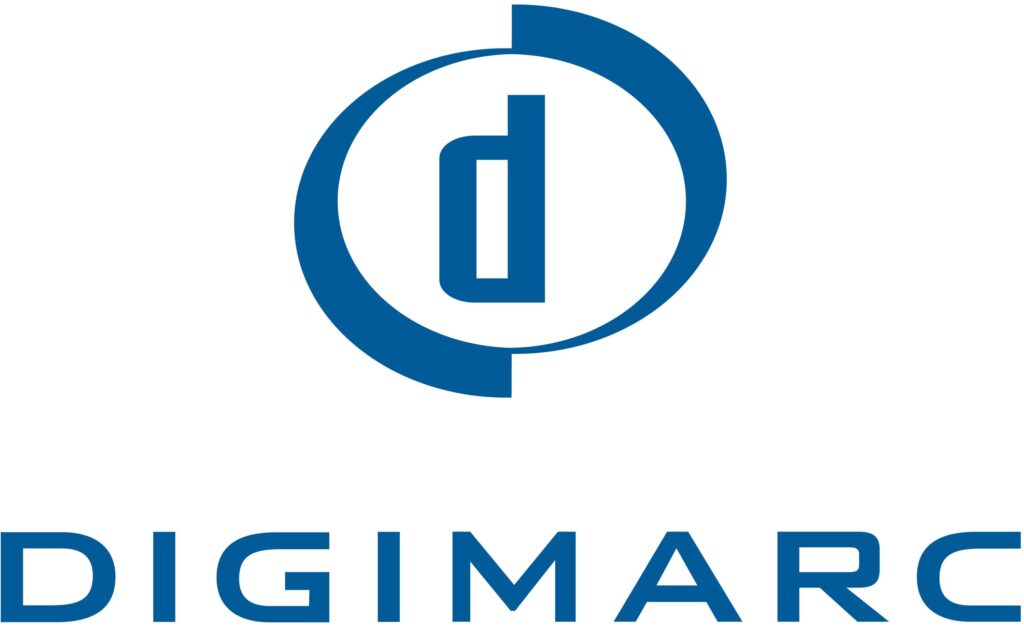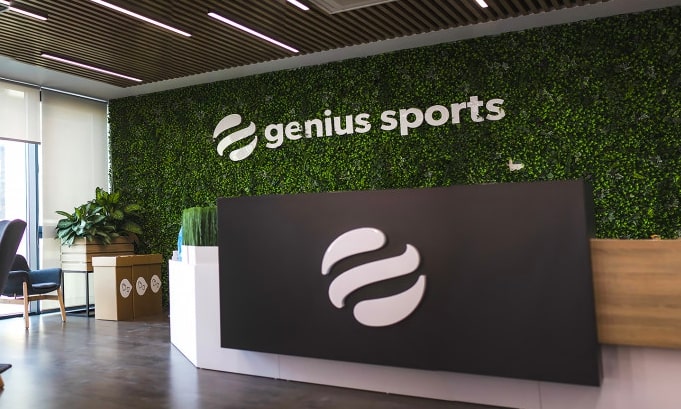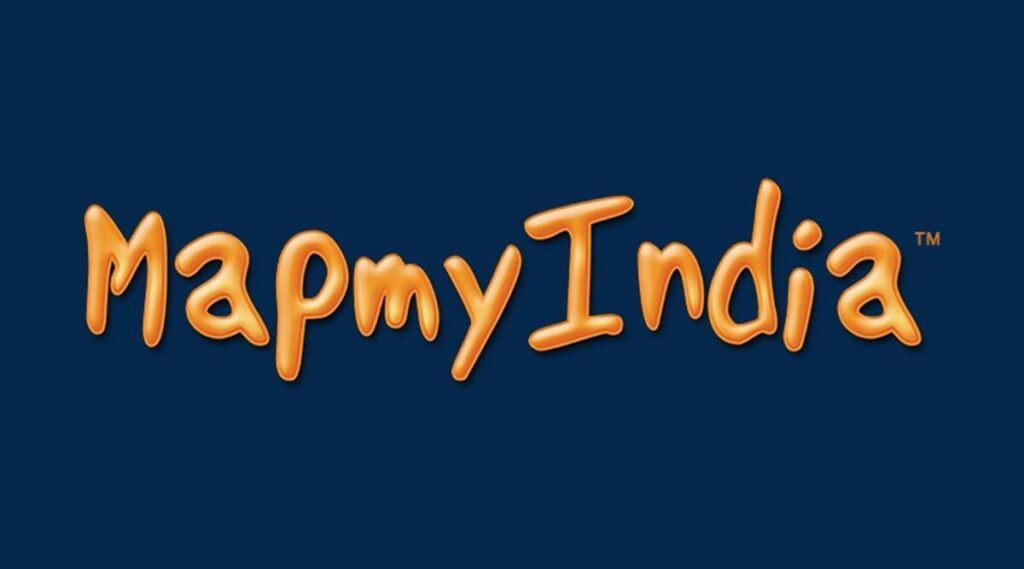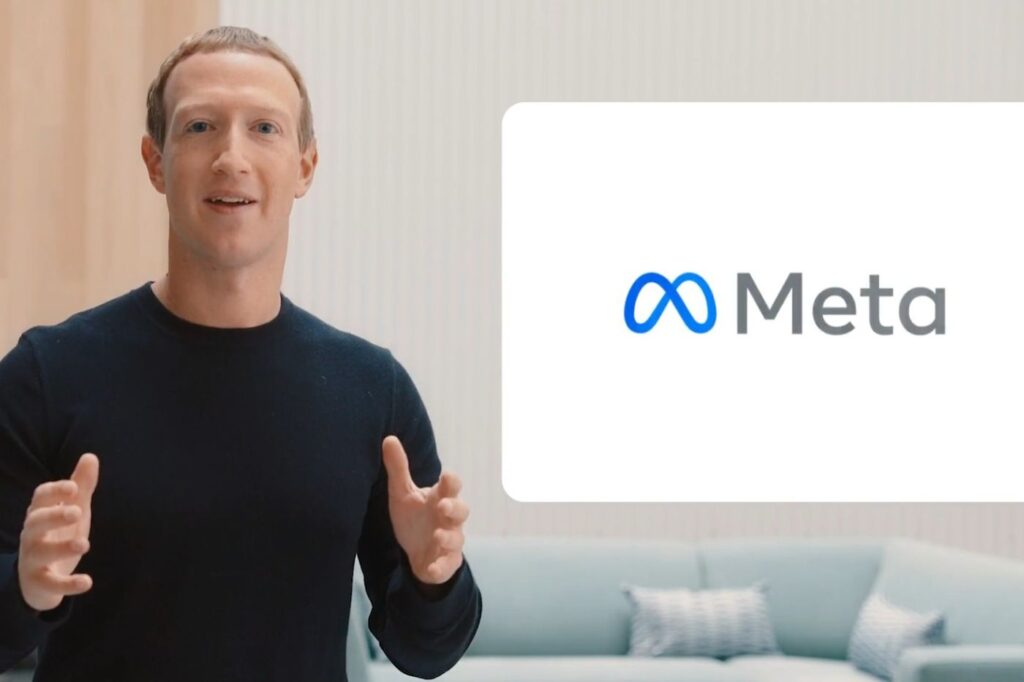Jeffrey Sprecher – Journey From Being A Power Plant Developer To Foundation Of Intercontinental Exchange.
Jeffrey Sprecher, an American businessman, founded Intercontinental Exchange in 2000. It is a Fortune 500 company and has offices worldwide, including in the United States, Canada, London, Amsterdam, Tel Aviv, Rome, Singapore, India, and many other countries. Intercontinental Exchange is famous across the globe as ICE and it mainly operates global exchanges, and clearinghouses, offering mortgages, and many other financial services. ICE currently operates 12 regulated exchanges and marketplaces, including CE Clear U.S., ICE Clear Europe, ICE Clear Singapore, ICE Clear Credit, ICE Clear Netherlands, and ICE NGX. ICE has approximately 8,800 employees and the company’s founder is ruling as the present CEO and Chairman.
Foundation of ICE
Before founding ICE, Jeffrey was in the natural gas business as a power plant developer. While doing business, he realized that there is a need for a seamless and transparent market where market prices are easily accessible by anyone from any part of the world. So, he wanted to build an internet-based platform to distribute these prices for OTC energy commodity trading. With this objective in mind, Jeffrey acquired Continental Power Exchange, Inc. in the late 1990s. Following the acquisition, Jeffrey along with a small group of technologists shaped the structure of the company in the interest of all buyers and sellers of energy.
The main groundwork behind building the company took place between 1997 to 2000. During this time, Jefferey had eight colleagues who focused on the original version of the ICE trading platform. On the other hand, Jeffrey along with Chuck Vice (former COO of ICE) got on the field and started talking to potential customers. Since the company’s main target was the energy sector, it approached more than 100 companies in the power, oil, and natural gas business. During this time, electronic trading was not the trend but at the same time, these companies were looking for transparency in a trading model. So, ICE developed its technology by focusing on the workflow of its customers and successfully launched the company in May 2000. Today more than 70 companies are successfully transacting in ICE’s markets.

Expansion
When the Intercontinental Exchange was founded in 2000, it was backed by some prominent banks like Goldman Sachs and Morgan Stanley. Though the company was established to primarily focus on the energy sector, eventually it also expanded its focus into soft commodities like sugar, cotton, and coffee, and also in foreign exchange. In June 2001, ICE acquired International Petroleum Exchange (IPE) which was then a regional exchange offering oil future contracts. ICE entered into futures trading through this acquisition. In 2007, the company went public and was also added to the Russell 1000 Index. After it became a publicly-traded company, it started expanding rapidly. In the same year, ICE acquired the New York Board of Trade, ChemConnect, and the 120-year-old Winnipeg Commodity Exchange.
As the financial crisis hit the US in 2008, the company formed ICE US Trust (now known as ICE Clear Credit LLC) for serving as a limited-purpose bank, and also as a clearing house for credit default swaps. The company also worked closely with Federal Reserve such that it gets to serve as its over-the-counter (OTC) derivatives clearing house. Later that year, the company partnered with Canada’s TSX Group’s Natural Gas Exchange and also acquired Creditex Group Inc. In the upcoming years, ICE acquired many more companies including Climate Exchange PLC for $622 million, NYSE Euronext for $8.2 billion, SuperDerivatives Inc for $350 million, Interactive Data Corporation (IDC) for $5.2 billion, and the list could go on. Recently, the company acquired Black Knight Inc, a software and data analytics company.
About the Founder
Jeffrey Sprecher, famous as the founder and CEO of ICE is also the Chairman of the New York Stock Exchange. He studied Chemical Engineering at the University of Wisconsin-Madison followed by acquiring an MBA from Pepperdine University. Jefferey started his career at Trane Technologies where he was offered a job at Western Power Group. He started the biggest venture of his life when he decided to buy Continental Power Exchange in 1996 from MidAmerican Energy Holdings Company.

Annasha Dey is an NIT student, who apart from studying engineering is also a content writer. She has a great interest in photography, writing, reading novels, and travelling as well. She is a foodie who loves socializing and hanging out with her friends. She is also a trained Kathak dancer and a big fashion enthusiast. Dey also loves watching TV series, which includes F.R.I.E.N.D.S. and Big Bang Theory. To be a better writer she prefers to read more





